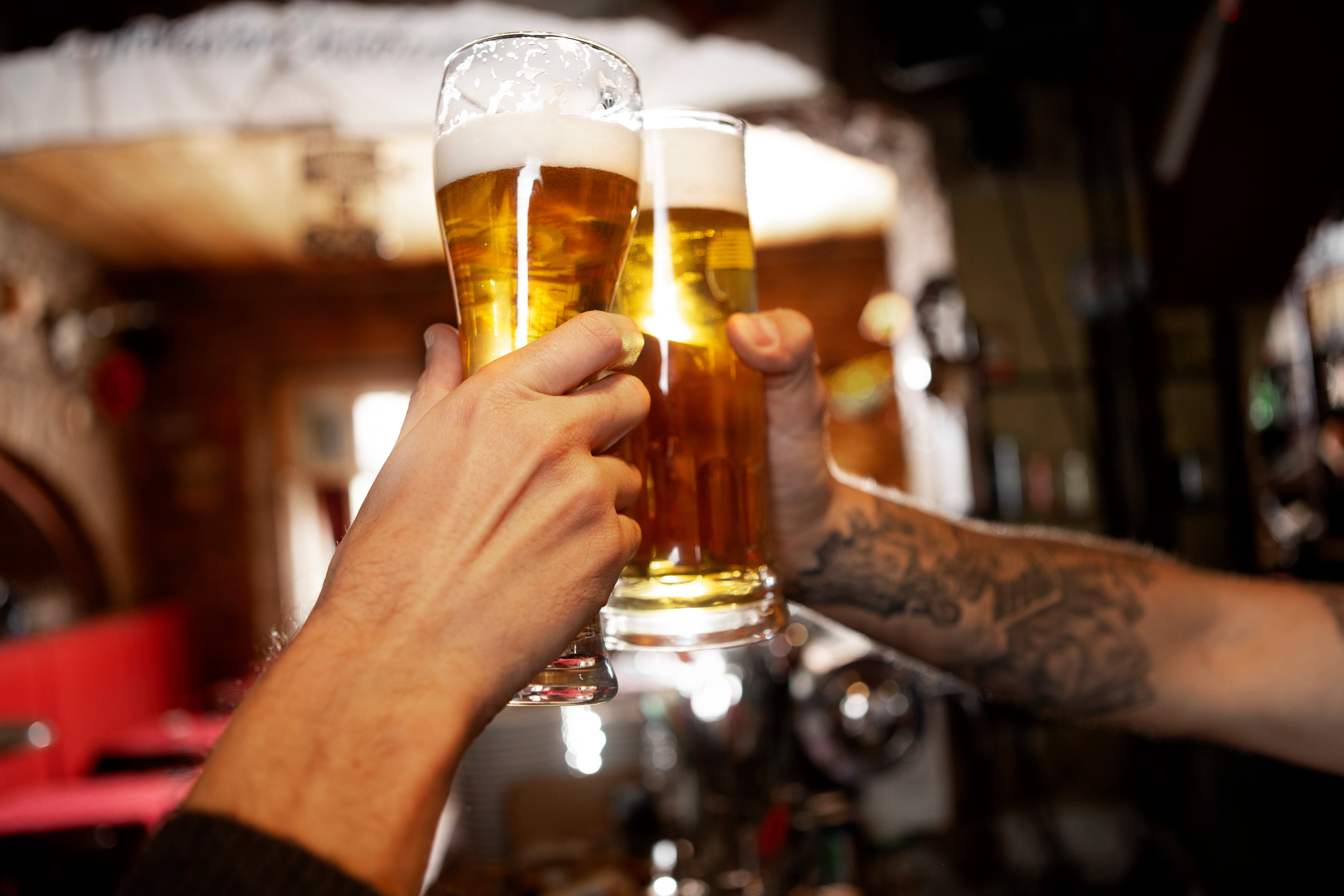New data from real time market intelligence firm Oxford Partnership showed the total number of on-trade outlets across the UK decreased by 0.5% in the year to December 2024.
The figure was marginally higher than the previous month, which saw a 0.4% drop.
In addition, the number accelerated to 1.5% for the four weeks ended 28 December, attributed to impacts from the October budget.
Despite the downturn in venue numbers, opening hours across the sector increased by around 1% over the festive season.
Key days
Footfall also showed marginal gains, with occupancy levels up 2.8% against the same four weeks in December 2023.
While dwell time was down 1.9% for the four week period as whole compared with the previous year, the final seven days saw a 9.1% upswing.
Christmas Eve proved to be a key trading day for operators, with trade up 9% against 2023.
Other key trading days did not fare as well with Mad Friday seeing just 1% growth while the last two Saturdays before Christmas were down 1.7% and 2.4%.
New Year’s Eve was worst hit, especially in the Northern parts of the UK where bad weather meant sales were down 3.6% compared with 2023.
Eating out spend over Christmas saw growth of 1.1%, with spending at pubs, bars and clubs up 1.3%, though this was down from 2.1% and 3.5% in November.
Mixed picture
It comes as data from Barclays, cited by Oxford Partnership, showed 49% of consumers planned to reduce how much they spend on drinks in the on-trade.
Draught beer and cider sales for the four weeks of December drove a flat year-on-year performance with the category having seen a 2.1% downturn at a moving annual total (MAT) level.
Stout continued to be the engine of growth despite the widespread reported shortages, with an uplift of 22.1%. World Lager also performed well, up 5.5%.
Oxford Partnership CEO Alison Jordan said: “Christmas trading has painted a mixed picture, with standout moments like Christmas Eve’s impressive 9% growth offering a spark of positivity amidst softer results on other key days.
“While challenges such as weather impacts and economic pressures tempered overall performance, the resilience of venues and a late bounce in footfall remind us that the festive season still holds opportunities for recovery and growth.”





